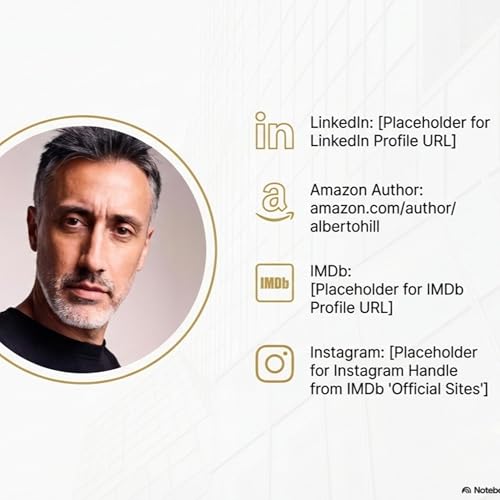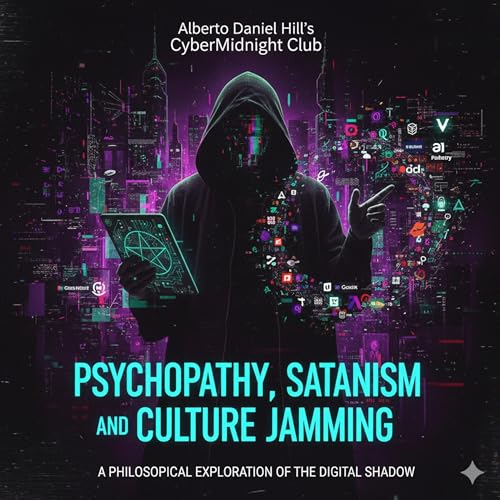Suitability Profile: Alberto Daniel HillIntroductionAlberto Daniel Hill is a complex figure who sits at the intersection of elite cybersecurity, digital activism, and deep personal resilience. Forged by an innate curiosity and tempered by the trauma of an incarceration that he defines as unjust, his profile transcends that of a mere technical expert. This document aims to analyze his trajectory in a comprehensive way, assessing not only his proven technical competencies, but also the robust ethical framework that guides his actions and the transformative impact of his incarceration. Through this analysis, their suitability for high-impact roles that require not only expertise, but also uncompromising moral leadership will be determined.--------------------------------------------------------------------------------1. Origins and Technical Basis1.1. Training contextTo understand Alberto Daniel Hill's current ability, it is essential to analyze the origins of his passion for technology and the professional career that consolidated his expertise. Her profile is not the result of conventional training, but of an insatiable curiosity that began in childhood and was rigorously validated through high-level certifications and critical experiences in the public and private sectors.1.2. Innate Aptitude and Early TrainingThe main driver behind Hill's skill is a curiosity that he describes as endless. His immersion in computer science was not a late career choice, but a vocation that defined him since childhood, differentiating him from his peers and laying the foundations for his analytical approach.• First Contact: At age 7 or 8, he had his first encounter with a Sinclair computer with 1KB of RAM, an event that opened up "an incredible world" for him.• Self-learning: At age 10, with a 48KB RAM Spectrum Plus, he taught himself to modify games by altering values in memory, a feat that demonstrates an early aptitude for reverse engineering.• Absolute Dedication: While other children played in the street, he dedicated himself to experimenting with computers, a dedication that cemented his deep understanding of systems at its most fundamental level.1.3. Professional Credentials and ExperienceHill's career is characterized by remarkable diversity and depth, spanning from academia to high-level forensic application and government consulting. Its expertise is not only theoretical, but has been proven in high-pressure and technically complex scenarios.DomainKey Milestones and AccreditationsFormal EducationDegree in Engineering and a Master's degree in areas related to computing.High-Level CertificationsProject Management Professional (PMP), Certified Ethical Hacker (CEH), and multiple certifications in Linux, Microsoft, Cisco, and Fortinet.Forensic ExperienceHe collaborated with Interpol in digital expertise. In 2004, he was the first expert witness in a child pornography case in Uruguay under a new law.Government SectorHe worked for four years as a security consultant for a Uruguayan government company, auditing and strengthening critical systems.
 Dec 19 20257 mins
Dec 19 20257 mins Dec 12 202515 mins
Dec 12 202515 mins Dec 12 202532 mins
Dec 12 202532 mins 5 hrs and 40 mins
5 hrs and 40 mins Dec 12 202516 mins
Dec 12 202516 mins Dec 12 20256 mins
Dec 12 20256 mins Dec 12 20256 mins
Dec 12 20256 mins Dec 12 202522 mins
Dec 12 202522 mins
